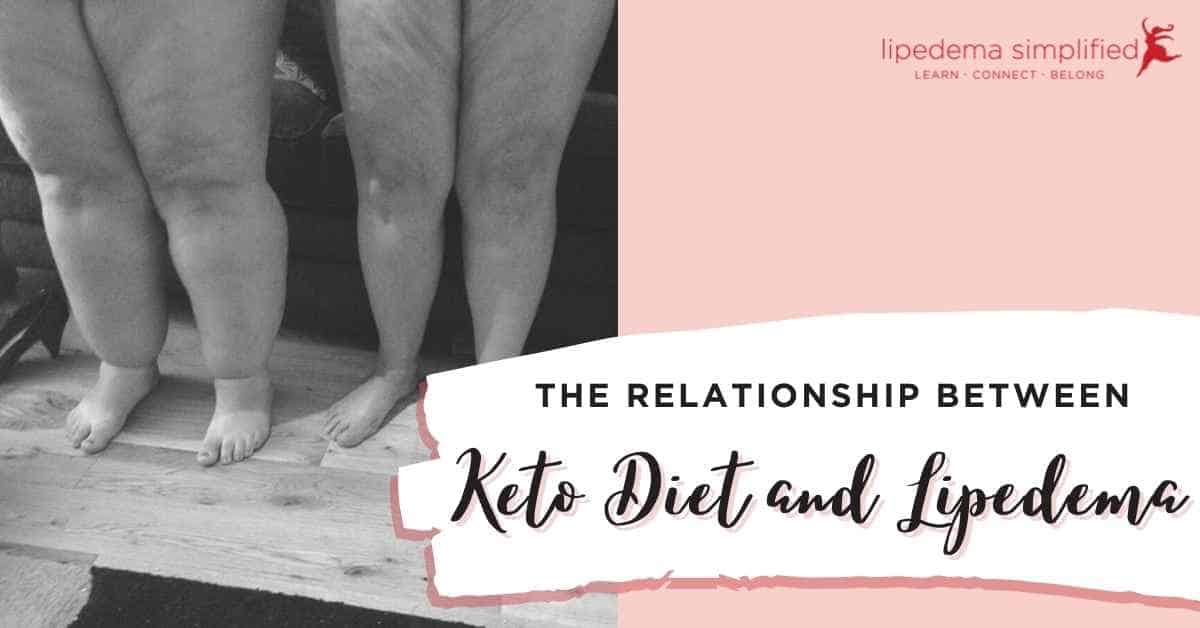
I would like to present to you a paper called A PRDM16-Driven Metabolic Signal from Adipocytes Regulates Precursor Cell Fat for today. Although the title and paper are very technical, it is about research that may have important implications for the treatment of lipedema. The paper was published in Cell Metabolism in 2019 and was done by a team at the University of Pennsylvania in Philadelphia, the United States led by Wang and colleagues.
The purpose of their study was to determine if increasing PRDM16 activity would decrease fibrosis (or scarring) in fat tissue and promote the transformation of fat into a more metabolically active form (beige fat.) Because increased levels of PRDM16 lead to increased expression of the ketone beta-hydroxybutyrate (which is known to interfere with fibrosis formation and contribute to more metabolically active fat), the researchers hypothesized that a ketogenic diet would result in less fibrosis and induce the transformation of white fat to beige fat.
Defining some terms
Let’s do a few definitions to understand this study better.
PRDM16 is a regulatory protein that among other functions, influences the formation of white, brown, and beige fat tissue. Higher levels of PDRM16 tend to influence the formation of brown and beige fat. The darker the color of fat tissue, the more metabolically active it is.
White fat is the least metabolically active and primarily functions as fat storage. White fat is very resistant to being burned for energy. Lipedema fat may be primarily made up of this type of fat.
Brown fat has the most mitochondria in its fat cells and can create heat when we are cold. This type of fat is the most easily accessed for energy.
Beige fat is a combination of the two and is used to both store fat for later usage or burn fat for energy.
Beta-hydroxybutyrate (BHB) is the most prevalent ketone in the human body and can be used for energy. The liver produces ketones from fat stores and from fat that is consumed.
Mature fat cells can use BHB to act on other cells to stop fibrosis formation. Fat cells that express higher levels of PRDM16 secrete more BHB. Unfortunately, levels of BHB and PRDM16 decrease with age.
Methods
In this study, the mice were fed a liquid diet that was either standard feed or ketogenic for 30 days. Both diets had the same caloric level. The animals were exposed to cold for the last 4 days to encourage the formation of beige fat. The fat at the groin of each animal was then analyzed and tested, sometimes with exposure to BHB and PRDM16.
Results
The results of this study were very interesting. The mice on a ketogenic diet in this study showed decreased fibrosis in their fat tissue compared to the mice on the standard diet. The ketogenically-fed mice also had increased beige fat formation when exposed to cold while the control mice continued to decline in beige fat.
The authors report that this study supports the following hypotheses:
- Aging impedes the formation of beige fat and promotes the formation of fibrosis.
- PRDM16 can protect against the formation of age-related fat fibrosis.
- PRDM16 drives the production of BHB.
- BHB inhibits fibrosis and promotes the formation of beige fat.
Takeaways
Although this is an animal study, it may have particular significance to lipedema. Many women with this condition, particularly in later stages, tend to have very firm and fibrotic fat tissue that may be made up of mostly white fat. Both of these properties of lipedema fat may contribute to the poor response to traditional low-calorie, low-fat, weight-loss diets and exercise. This study shows us that ketones can potentially reduce fibrosis in fat and facilitate fat loss in women with lipedema.
The outcomes of this study may, in turn, help us find ways to better treat and manage lipedema. We have been seeing anecdotally for some time now that a ketogenic way of eating seems to work very well for managing and reducing symptoms of lipedema including excessive body fat, pain, and fatigue. This study shows us yet another potential reason that a ketogenic diet can help combat lipedema: by improving the health and function of fat and making it more metabolically active and reducing fibrosis.
~ Leslyn Keith, OTD, CLT-LANA
Board President, Director of Research | The Lipedema Project
Learn More
Listen to our flash briefings HERE.
